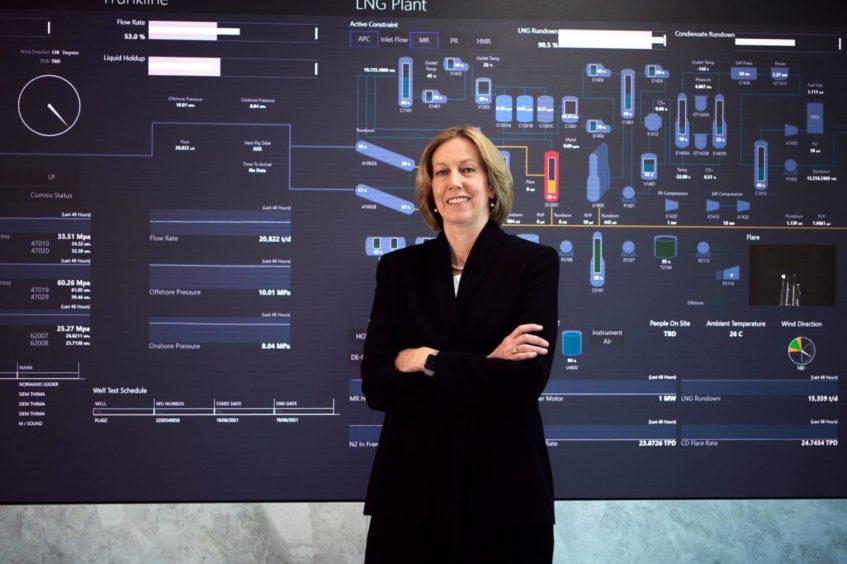 © Supplied by Woodside
© Supplied by Woodside Australian liquefied natural gas (LNG) developer Woodside (ASX:WPL) said today that it is targeting $5 billion worth of investment in new energy products and lower-carbon services by 2030.
“This significant investment in new energy will position Woodside as an early mover in the new energy market and support the decarbonisation goals of our customers,” Meg O’Neill, Woodside’s chief executive, told investors today.
Woodside is making bets on the nascent market for hydrogen as well as carbon capture and storage (CCS) opportunities. Indeed, as Energy Voice reported yesterday Woodside is busy positioning itself for a future in which hydrogen may play a growing role in the energy mix. Significantly, it is working closely with customers in its traditional LNG export markets – particularly Japan and South Korea – to meet demand for cleaner forms of energy.
“The core of our strategy is to invest in the new energy products and lower-carbon services our customers need as they decarbonise. Like the founding of the LNG industry, this will be a collaborative process. We are working with other companies to study, understand and potentially develop supply chains, production facilities and end markets. This approach helps decrease the offtake risk, as we are developing supply and demand in concert with our future customers,” said O’Neill.
“We are also looking at developing lower-carbon services. One such example of this could involve Woodside offering the use of a carbon capture and storage facility as a service to third parties to sequester their emissions for a fee,” she added.
“Today, our focus is on developing a market for our potential future new energy products. Our approach at this stage is technology flexible; we need to be nimble enough to back the dominant technology if it takes off. We are quite deliberately involved in several opportunities to build that optionality,” said O’Neill
“Two prospective markets which are getting particular focus right now are heavy vehicle transport and power generation. Using hydrogen to fuel heavy vehicles is a compelling way to seed a hydrogen market, as there is limited refuelling infrastructure required for trucks doing point to point runs from a depot. Just this week we announced a memorandum of understanding with Hyzon Motors to study the development of hydrogen fuelled truck engines,” added O’Neill.
“We expect that in the mid-2020s the new energy transition will be underway, including the start-up of the first of our new energy projects. We could potentially be exporting ammonia from Australia and developing carbon capture and utilisation opportunities,” she said.
“New energy at scale is expected in the 2030s which could include exporting liquid hydrogen from Australia, scaling-up carbon capture and storage activities and expanding production from our existing new energy projects to match market demand,” added O’Neill.
